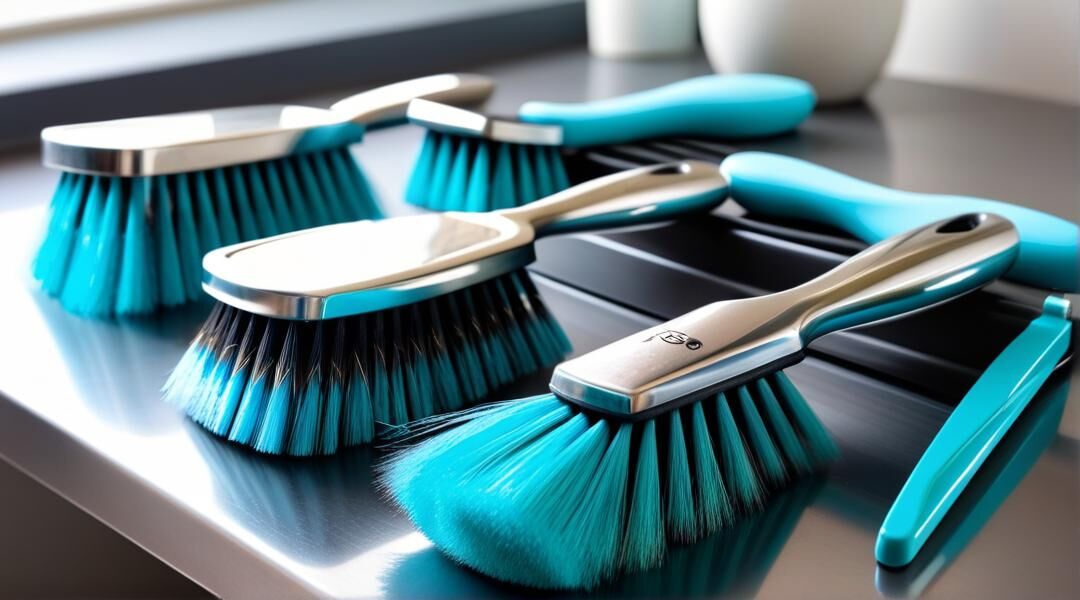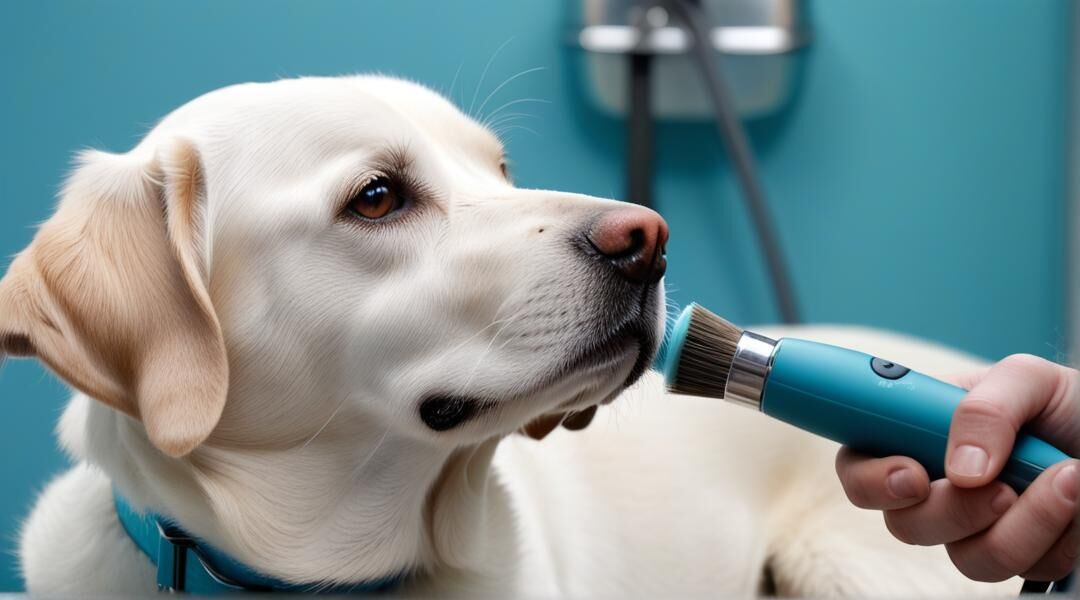Master the Art of Dog Grooming at Home
The Importance of Home Grooming
Grooming your dog at home is not just about keeping them looking their best; it’s an essential part of their overall health and well-being. Regular grooming helps prevent skin issues, reduces shedding, and allows you to check for any abnormalities or parasites.
By grooming your dog at home, you strengthen the bond between you and your pet while ensuring they remain comfortable and happy. It’s a rewarding experience that can save you time and money, and with the right techniques, you can achieve professional results.
Dog Grooming Tips and Best Practices
Discover essential tips for maintaining your dog’s coat and ensuring their grooming routine is both effective and enjoyable.
How often should I brush my dog's coat?
Brushing frequency depends on your dog’s breed and coat type. Generally, dogs with longer coats require daily brushing, while short-haired breeds can be brushed weekly.
What tools do I need for home grooming?
Essential tools include a slicker brush, comb, grooming scissors, and a good quality dog shampoo. Depending on your dog’s coat, you might also need a de-shedding tool or clippers.
How can I make grooming a positive experience for my dog?
Start grooming sessions slowly and offer plenty of treats and praise. Gradually increase the duration as your dog becomes more comfortable. Consistency and patience are key.
When should I seek professional grooming services?
If your dog has a particularly thick or matted coat, or if you’re unsure about trimming, it’s best to consult a professional groomer. They can handle complex grooming tasks safely and efficiently.
What are the signs of skin problems I should look for?
Watch for redness, bumps, or excessive scratching. If you notice any of these signs, consult your vet to rule out allergies or infections.
Why is regular grooming important for my dog's health?
Regular grooming helps prevent matting, reduces the risk of infections, and allows you to monitor your dog’s overall health, catching potential issues early.
Brushing Techniques for Different Breeds
Mastering the Art of Dog Brushing
Brushing your dog’s coat is essential for maintaining its health and appearance. Different breeds require specific techniques to ensure their fur remains tangle-free and shiny. For short-haired breeds, use a soft-bristle brush to remove loose hairs and dirt. Long-haired breeds benefit from a slicker brush to gently detangle and smooth their coats. For curly-haired dogs, a comb with wide teeth helps prevent matting. Regular brushing not only keeps your pet looking great but also strengthens your bond with them.

When to Seek Professional Grooming
Excessive Shedding
If your dog is shedding more than usual, it might be time to consult a professional groomer. They can assess your pet’s coat and provide specialized treatments to manage shedding effectively.
Severe Matting
When your dog’s fur becomes severely matted, it’s best to leave it to the experts. Professional groomers have the tools and expertise to safely remove mats without causing discomfort to your pet.
Nail Trimming Challenges
If you’re uncomfortable trimming your dog’s nails or if they have dark nails that make it difficult to see the quick, a professional groomer can ensure a safe and precise trim.
Dog Grooming FAQs
How often should I groom my dog at home?
The frequency of grooming depends on your dog’s breed and coat type. Generally, brushing should be done at least once a week, while bathing can be done every 4-6 weeks unless your dog gets particularly dirty.
What tools do I need for home grooming?
Basic grooming tools include a brush suitable for your dog’s coat type, a comb, nail clippers, and dog-safe shampoo. Optional tools include a grooming table and a hairdryer for drying after baths.
Can I use human shampoo on my dog?
No, it’s not recommended to use human shampoo on dogs as their skin has a different pH level. Always use a shampoo specifically formulated for dogs to avoid skin irritation.
How can I prevent my dog's fur from matting?
Regular brushing is key to preventing matting. Ensure you reach down to the skin and use a detangling spray if necessary. For breeds prone to matting, frequent grooming sessions are essential.
What should I do if my dog is afraid of grooming?
Start by introducing grooming tools slowly and reward your dog with treats and praise. Gradually increase the grooming time as your dog becomes more comfortable. Patience and positive reinforcement are crucial.
Is it safe to groom my dog during pregnancy?
Yes, but be gentle and avoid stressful situations. Focus on light brushing and nail trimming. For more extensive grooming, consult your vet or a professional groomer.
How do I clean my dog's ears?
Use a vet-recommended ear cleaner and a cotton ball. Gently wipe the outer ear, avoiding the ear canal. Regular ear cleaning helps prevent infections, especially in breeds with floppy ears.
What are the signs that my dog needs a professional groomer?
Signs include excessive shedding, matting, overgrown nails, or if your dog has a strong odor despite regular baths. Professional groomers can address these issues effectively.
How can I make grooming a positive experience for my dog?
Make grooming sessions short and enjoyable. Use treats and praise to reward good behavior, and ensure your dog is comfortable and relaxed during the process.
Discover Top Local Dog Parlours
Enhance your pet’s grooming routine by visiting a professional dog parlour. Our directory connects you with the best local experts who can provide your furry friend with exceptional care and styling. Explore our listings today to ensure your dog looks and feels their best!
